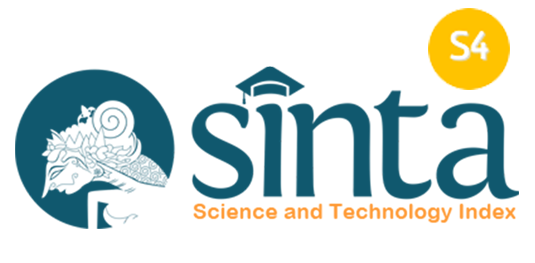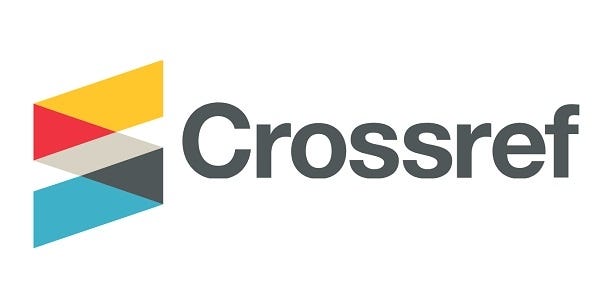Exploring Teachers’ Perception and Assessment Practices in Differentiated English Instruction
DOI:
https://doi.org/10.36663/tatefl.v6i2.1064Keywords:
Assessment Practices, Differentiated Instruction, Teacher Perception, EnglishAbstract
This study investigated English teachers’ perceptions of assessment in differentiated instruction (DI) and the challenges encountered in its implementation at SMP Negeri 1 Singaraja. Employing a qualitative case study approach, data were collected through questionnaires and semi-structured interviews with four English teachers. The findings reveal that teachers perceive assessment within DI as a vital tool for identifying students’ readiness, supporting instructional differentiation, enhancing motivation, and aligning learning activities with clear objectives. Teachers also emphasize the importance of using varied assessment methods to accommodate diverse learning styles and profiles. However, several challenges emerged, including large class sizes, time constraints, creativity demanded, student disengagement, and difficulties in maintaining fairness. These findings highlighted the gap between theoretical ideals and practical realities, underscoring the need for targeted professional development and systemic support. The study contributes to the growing body of research on differentiated instruction in the Indonesia educational context and offers insights into how assessment can be better integrated to support inclusive and equitable learning.
Downloads
References
Anderson, C. (2000). How’s it going? A Practical Guide to Conferring with Student Writers. Stenhouse.
Arsyad, Moh. A., & Suadiyatno, T. (2024). Differentiated assessment in EFL classroom in Indonesia: Prospects and challenges. Journal of Language and Literature Studies, 4(2), 516–523. https://doi.org/10.36312/jolls.v4i2.1913
Black, P., & Wiliam, D. (1998). Assessment in education: Principles, policy, & practice. International Journal of Phytoremediation, 21(1), 7–74. https://doi.org/10.1080/0969595980050102
Borg, S. (2015). Teacher cognition and language education. Bloomsbury Publishing.
Brookhart, S. M. (2008). How to give effective feedback to your students. ASCD.
Dewi, N. L. P. E. S. (2014). Beyond test: Alternatives in assessment (a glance of thought for techniques, challenges, and opportunities due to the implementation of 2013 curriculum). Jurnal Bahasa Lingua Scientia, 6(2), 211–219.
Gardner, H. (1983). Frames of mind: The theory of multiple intelligences. Basic Books.
Gregory, G. H., & Chapman, C. (2013). Differentiated instructional strategies: One size doesn’t fit all (2nd ed.). Corwin.
Hall, T., Strangman, N., & Meyer, A. (2003). Differentiated Instruction and Implications for UDL Implementation. National Center on Accessing the General Curriculum (NCAC).
Hattie, J., & Timperley, H. (2007). The power of feedback. In Review of Educational Research (Vol. 77, Issue 1, pp. 81–112). SAGE Publications Inc. https://doi.org/10.3102/003465430298487
Heriyanto. (2018). Thematic analysis sebagai metode menganalisa data untuk penelitian kualitatif. ANUVA, 2(3), 317–324. https://doi.org/10.14710/anuva.2.3.317-324
Jung, L. A., & Guskey, T. (2010). Grading Exceptional Learners: Meeting Student Where They are. Educational Leadership, 16(5), 31–35.
Lindner, K. T., & Schwab, S. (2020). Differentiation and individualisation in inclusive education: A systematic review and narrative synthesis. International Journal of Inclusive Education. https://doi.org/10.1080/13603116.2020.1813450
Noman, M., & Kaur, A. (2020). Differentiated assessment: A new paradigm in assessment practices for diverse learners. International Journal of Education and Cognitive Sciences, 1, 1–7.
Pajares, M. F. (1992). Teachers’ beliefs and educational research: Cleaning up a messy construct. Review of Educational Research, 62(3), 307–332. https://doi.org/10.3102/00346543062003307
Suwastini, N. K. A., Rinawati, N. K. A., Jayantini, I. G. A. S. R., & Dantes, G. R. (2021). Differentiated instruction across EFL classrooms: A conceptual review. TELL-US Journal, 7(1), 14–41. https://doi.org/10.22202/tus.2021.v7i1.4719
Tomlinson, C. A. (1995). Deciding to differentiate instruction in middle school: One school’s journey. Gifted Child Quarterly, 39(2), 77–87. https://doi.org/10.1177/001698629503900204
Tomlinson, C. A. (2014). The differentiated classroom: Responding to the needs of all learners (2nd ed.). Association for Supervision and Curriculum Development
Tomlinson, C. A. (2001). How to differentiate instruction in mixed-ability classrooms. Association for Supervision and Curriculum Development.
Tomlinson, C. A., & Imbeau, M. B. (2010). Leading and managing a differentiated classroom. Association for Supervision and Curriculum Development.
Van Der Kleij, F. M. (2019). Comparison of teacher and students perceptions of formative assessment feedback practices and association with individual student characteristics. Teaching and Teacher Education, 85, 175–189. https://doi.org/10.1016/j.tate.2019.06.010
Wormeli, R. (2006). Fair isn’t always equal: Assessing and grading in the differentiated classroom. Stenhouse.
Yin, R. K. (2003). Case study research: Design and methods: Sage.
Downloads
Published
How to Cite
Issue
Section
License
Copyright (c) 2025 Putu Diah Marcelina Putri, Ni Luh Putu Eka Sulistia Dewi, A .A. Gede Yudha Paramartha

This work is licensed under a Creative Commons Attribution-ShareAlike 4.0 International License.
License Terms
- Attribution — You must give appropriate credit, provide a link to the license, and indicate if changes were made. You may do so in any reasonable manner, but not in a way that suggests the licensor endorses you or your use.
- ShareAlike — If you remix, transform, or build upon the material, you must distribute your contributions under the same license as the original.
- No additional restrictions — You may not apply legal terms or technological measures that legally restrict others from doing anything the license permits.

















